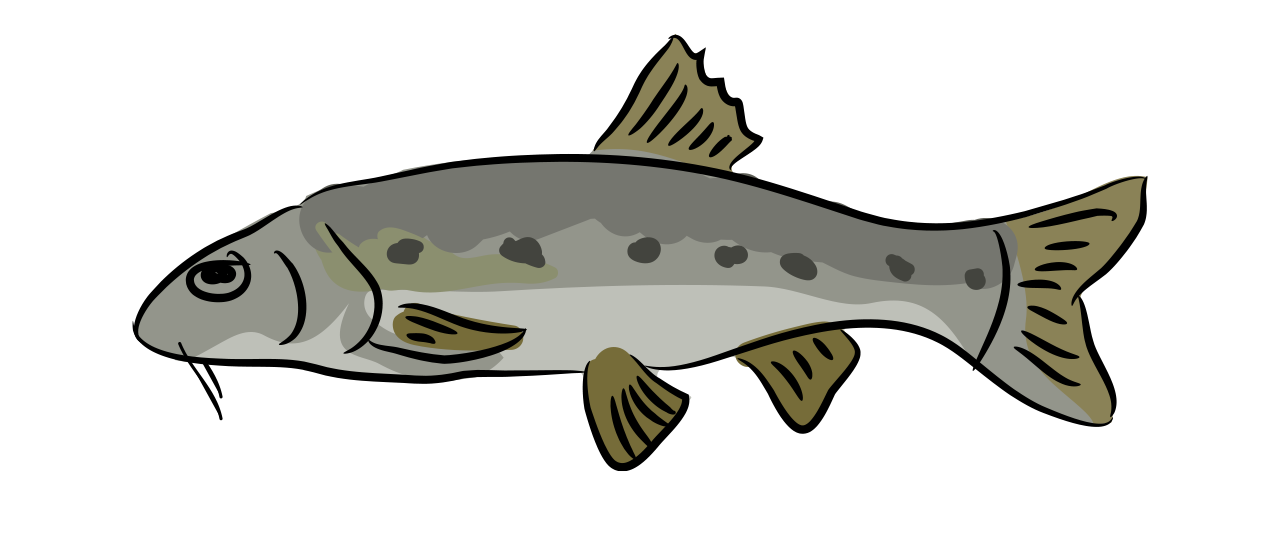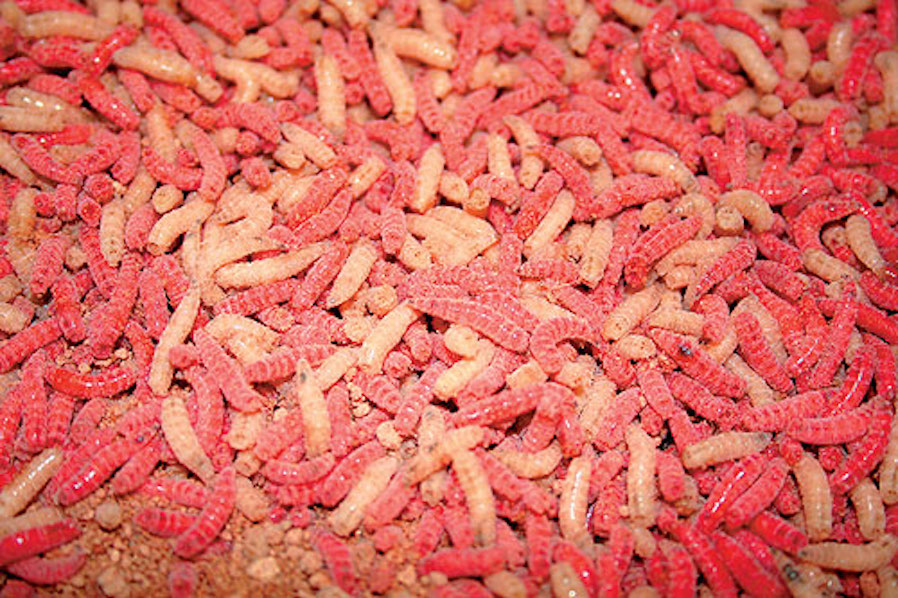Gudgeon| Fish Species Guide | Angling Direct

Gudgeon
aka Gobio gobio
Similar to the stone loach, Gudgeon are is a bottom-dwelling fish with only two whisker-like barbels near its mouth, that helps it find its prey in the sand and gravel of the riverbed. Found in most canals and rivers, Gudgeon live throughout Europe, and are particularly common in branches of the river Thames in the UK. The gudgeon boasts an elongated but round body, with a large head, a deeply forked tail and has a dark back, with dark bars along its flanks, and a speckled, pale belly.
A small gudgeon in French translates to “goujon” which is commonly used as a size reference when slicing fish or meat for food preparation.
Stats
Status
Habitat
Fast running water, riverbeds and gravel bottoms, by the water's edge.
Bait
Maggots, bloodworm & artificial flies.
Fishing Tackle
Native or Invasive
Invasive
Where
Mostly in England and Wales. Gudgeon also live in parts of Europe where the water quality is similar.
 Catch Experience
Catch Experience
Video
Blog Highlight
Top 5 Tips for Fishing with Maggots
Many anglers cannot help but agree that those little wrigglers, also known as maggots are just so effective. There are many freshwater species that love a maggot - or two or three... making them a great live or imitation bait to use when at the...
Read More